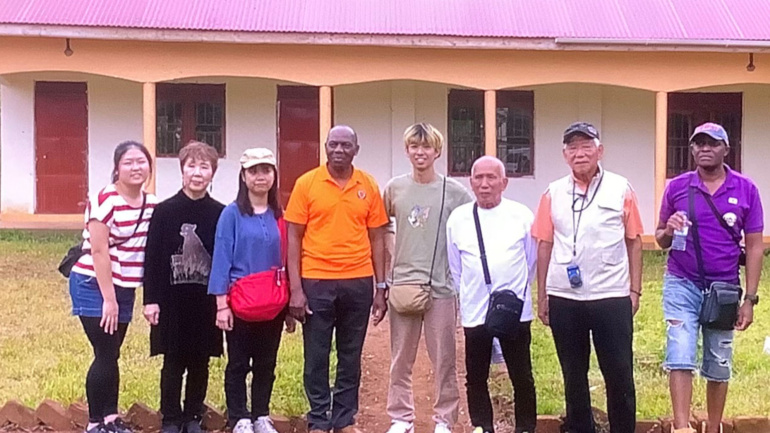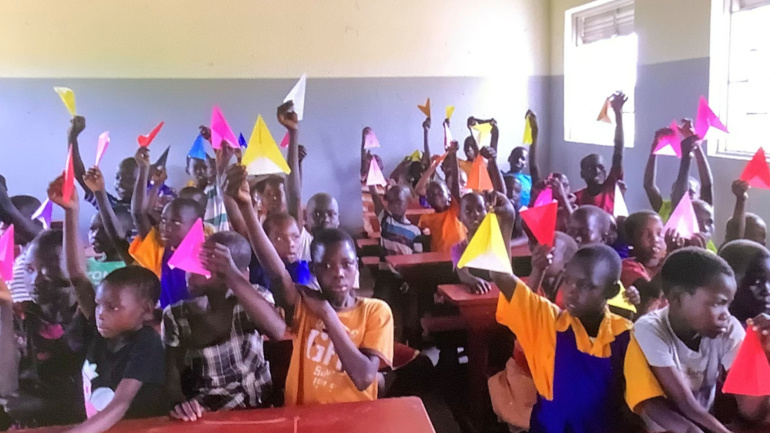Baganda people (tribe) of Buganda region, a dominant Bantu speaking ethnic group concetrated in central Uganda.The baganda are made up of different clans with distinct totems that classify Baganda into different groups but with the same social cultures.
Baganda’s bakisimba dancesTravellers that have had a safari or a tour to Uganda have been mesmerized by music of the people of Buganda region. The Baganda bost of a veriety of dances originating from individual clans based on different themes such as; economic and social activities, politics, education, love and their history depending on the audience for whom the performance is made.
The baganda, like other tribes use music to praise and worship God or gods as well as people of authority, to celebrate their life cycle-rituals and rites, celebrate labor or work achievements such as a good harvest,to educate the population,to earn a leaving( as employment) ,as a form of recreation,as well as a cultural means of disseminating cultural values from generation to generation.
Baganda’s muwogla danceBaganda have three predominant dances; Bakisimba, Muwogola and Nankasa all inspired by their daily life.All kiganda dances involve a flawless ‘circular’ movement of the waist and a tip toeing movement of the feet plus hands spread out from the shoulder joint but bent forward or up words at the elbow joint depending on the type of dance. The dance moves or patterns are dictated by the lyrics or song meaning but mostly by the tempo of the song.
If one took a Uganda safari,they would definitely love the traditional Baganda dance’s costumes that are universally used for all their dances.The female dancers put on tops that cove their shoulders,cover the midriff with a white or cream silk material that accentuates the body undulations, a wide floor-length kikoyi that allows free leg movements to all directions,a raffia skirt around the back plus a sash around the waist line that gives a clear finish to the raffia skirt.At the backside, a dance animal skin is added on top of the raffia skirt and sash and ankle bells are worn too.Modern dancers today add decorative bracelets and head bands to this costume.
Male dancers wear the kikoyi too that covers only to the mid calf to allow their rather vigorous dance moves and the public acceptability to have much of their bodies bare.
The Baganda have a variety of dance instruments but majorly drums of different sizes; the Empunyi (rhythm drums for the central beat), Namunjoloba (a small drum beaten by two small sticks to produce the rhytmic sound that controls all dance motifs or flows), the Embuutu (a large drum for the various dance rhytms), Engalabi (a long cylindrical drum that adds colour and texture to accompaniment), Amadinda (a xylophone to give the music melodies), Endigidi (a tube fiddle for melody),
Entongoli (bow lyre for melody), Engombe (a cow horn that adds excitement at the climax), Endere (flute), Ensaasi (shakers made out of a guoards) plus singers- soloist and choristers.The xylophone determine the tempo or pace of the music or song and the drums follow suit.



